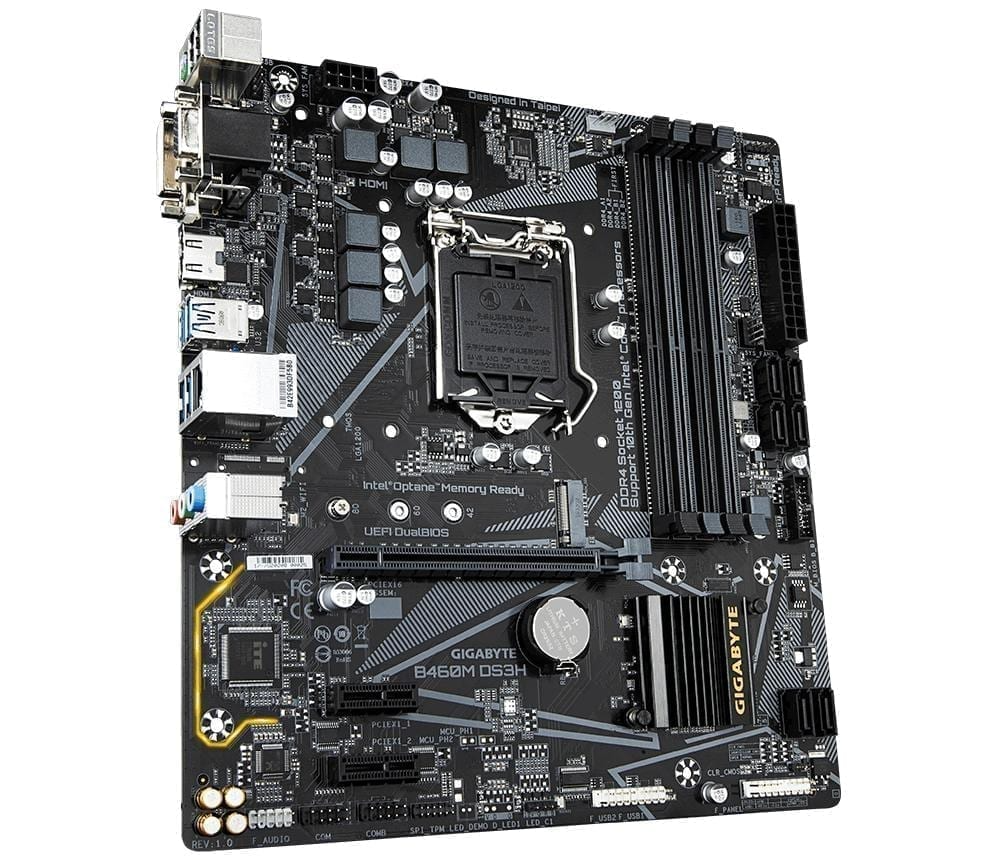The motherboard is the main circuit board that connects and coordinates all hardware components. However, like any hardware, motherboards are prone to various issues that can impact system performance and reliability. Understanding these common problems and their solutions can save time, money, and frustration.
- Booting Issues
One of the most frequent problems in a computer motherboard is a failure to boot. This can manifest as the system failing to power on, or powering on without completing the boot process. Booting issues may be caused by faulty power connections, a damaged power supply unit (PSU), or a malfunctioning CMOS (Complementary Metal-Oxide-Semiconductor) battery.
Fix: Start by checking the power connections and ensuring they are securely plugged in. Verify that the PSU is functional by testing it with a different computer or using a PSU tester. If the CMOS battery is depleted, replace it with a new one, as it maintains system settings and time data. Be sure to reset your BIOS to default settings after replacing the battery.
- Overheating
Overheating is another common motherboard issue. It can be caused by poor ventilation, failing cooling systems, or an accumulation of dust and debris on components. Prolonged overheating may lead to hardware damage or system shutdowns to prevent further damage.
Fix: To address overheating, clean the internal components of the computer, especially the fans, vents, and heat sinks, using compressed air. Ensure that your cooling system, such as the CPU fan or liquid cooling, is functioning properly. Consider upgrading to a more efficient cooling solution if overheating persists.
- Random Shutdowns or Freezing
Random system shutdowns or freezing can often be traced back to motherboard problems such as faulty capacitors or improperly seated components. Additional culprits may include incompatible or failing RAM, as these modules directly interact with the motherboard.
Fix: Inspect the motherboard for bulging or leaking capacitors, which indicate damage. If detected, the capacitors may need to be replaced by a professional. Verify that all components, including RAM, are properly seated and compatible with the motherboard. Running a system diagnostic tool can help pinpoint defective RAM or other hardware.
- Peripheral Connection Issues
If USB devices, external hard drives, or other peripherals are unresponsive, the issue may lie with the motherboard’s ports or drivers. Most modern motherboards have integrated ports, which can degrade or fail over time if misused or damaged.
Fix: Inspect the ports for visible damage and clean them carefully if necessary. Update the motherboard drivers and firmware, as outdated software can lead to compatibility problems. Use a different port or test the peripheral device on another computer to rule out hardware failure.
